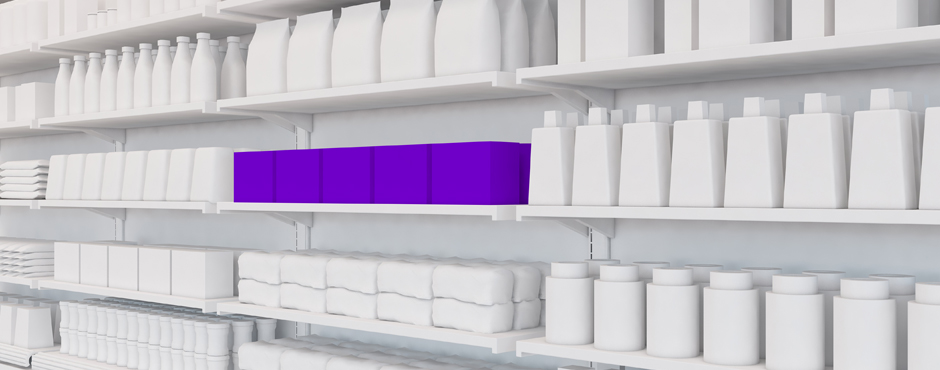The influential role product packaging plays in expressing a brand’s identity and values can never be underestimated.
Impactful packaging design is not just about the visuals; it’s also about how effectively it communicates and ‘walks the talk.’ Effective packaging design hinges on several elements. As with anything design or marketing, it should be clear and simple. Customers should understand the product’s purpose, its target audience, and its benefits at a single glance. And more so than ever, in today’s world, honesty is critical.
Apply the “Do No Harm” rule
A package design should not over-promise and under-deliver because this can and will harm brand loyalty. Packaging should accurately represent a brand’s personality. Whether the brand is fun, sophisticated, or quirky, this should shine through in the packaging design. An emotional connection between the brand and consumers is vital, and that often starts with the packaging.
For certain sectors like food, packaging also serves a regulatory role. It needs to comply with the legal necessities of displaying nutritional information and ingredients, which also adds to the brand’s transparency and trustworthiness.
Sustainability in packaging is the new language that your brand must speak, loud and clear.
In the context of the ‘Do No Harm’ rule, packaging must also respect the environment. Sustainable packaging is no longer a ‘nice-to-have,’ but a ‘must-have.’
This calls for a shift towards materials that are renewable, recyclable, or compostable, reducing the ecological footprint. A commitment to sustainable packaging demonstrates a brand’s awareness and responsibility towards the environment, which in turn resonates with the increasing number of eco-conscious consumers. It’s the embodiment of doing no harm not just to your customers, but to the world we all share.
Impactful packaging design, on shelf and on line
Your package design should create impact and command attention, regardless of its location on a store shelf. It should be noticeable and compelling, whether viewed from the top, middle, or bottom shelf. Knowing the placement and position of the brand upfront should weigh into the design of the package. If the brand is positioned on the bottom shelf, the package has some heavy lifting to do. I needs to perform in ways that if the brand was at at eye level.
And know, packaging must also perform virtually. In today’s digital age, the impactful design stance applies to both physical and digital spaces. A brand’s packaging should stand out just as effectively in online marketplaces, maintaining clarity and appeal on any screen size.When it comes to online retail, packaging needs to remain compelling even in the absence of physical interaction. Detailed images and descriptions should help guide the customer’s decision-making process.
Let’s talk about the ‘in’, ‘out’, and ‘on’ of the package
The ‘in’ is about the product itself – it must be of high quality and meet the expectations set by the packaging. The ‘out’ pertains to the external design – the colours, typography, and imagery that should correspond with the product inside. The ‘on’ relates to communication – brand logos, essential information, and the overall message conveyed to the consumers.
All these elements play a vital role in ensuring the brand ‘walks the talk’. Advertising and messaging may initially draw the consumer to the brand (‘the talk’), but it is when they pick the product off the shelf that the brand needs to deliver on these promises (‘the walk’). Any discrepancy can confuse customers and damage brand integrity.
To ‘wrap up’, excuse the pun, crafting impactful packaging design is a delicate balance of aesthetics and strategy, creativity and clarity, and critically, promise and delivery. It’s not merely about standing out on supermarket or pharmacy, any retail shelves or online platforms. Packaging is about consistently representing the brand’s identity, values, and promises. Essentially, it’s about ensuring that your brand not only talks the talk but walks the walk.
Please let me know your thoughts on packaging and what it needs to deliver. Let’s talk!

